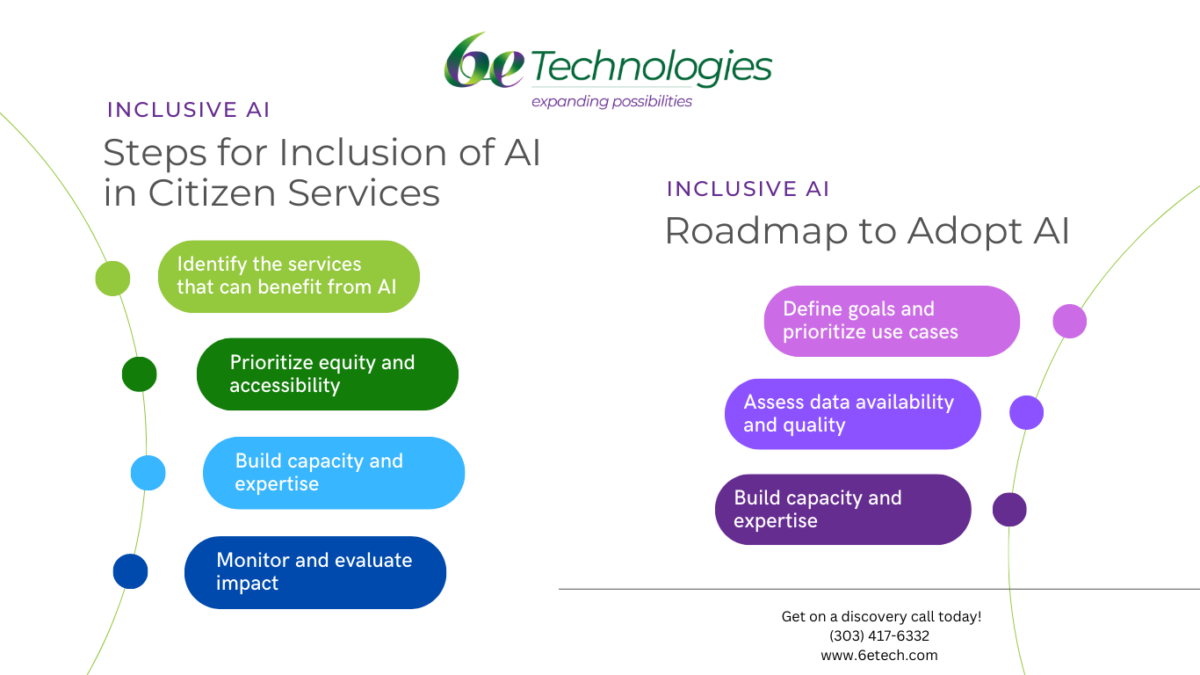Mounting Pressure for Fiscal Accountability
Amidst increasing public scrutiny of government spending, agencies face immense pressure to ensure the prudent use of taxpayer dollars. Efficient systems like ERP (Enterprise Resource Planning) platforms lay the foundation for effective control and oversight. Yet, integrating cutting-edge artificial intelligence (AI) capabilities can propel agencies to new heights of fiscal accountability and transparency.
Artificial Intelligence: An Agile and Advanced Approach
Conventional ERP systems heavily rely on predefined rules and manual processes, which are labor-intensive and prone to human error. In contrast, incorporating the use of AI offers a dynamic and sophisticated alternative approach. By harnessing advanced algorithms and machine learning models, AI continuously analyzes vast financial data sets, including those from ERP systems, unveiling anomalies, patterns, and trends that are often overlooked. Even though business owners intend to analyze the available data within ERP systems, it is practically impossible to do so without advanced AI capabilities due to the large volumes of data involved. AI’s real-time monitoring enables agencies to swiftly detect inefficiencies, potential fund misuse, or emerging risks, allowing for prompt mitigation measures to be taken.
Fraud Detection and Prevention
AI’s application in ERP spending oversight shines in fraud detection and prevention. Trained on historical transaction data and learning from new inputs, AI systems can flag suspicious activities like duplicate payments, unauthorized purchases etc. This proactive stance not only safeguards taxpayer interests but also nurtures a culture of accountability, deterring fraudulent practices.
Optimizing Procurement Processes
Procurement processes, a critical aspect of government spending, can benefit from AI optimization. By analyzing past contracts, market dynamics, and vendor performance metrics, AI-driven systems guide procurement teams towards cost-saving opportunities, favorable terms, and reliable vendors. This data-driven approach fosters competitive and transparent procurement, ensuring judicious use of taxpayer funds.
Predictive Budgeting and Resource Allocation
AI’s predictive analytics capabilities revolutionize budget forecasting and resource allocation within ERP systems. Analyzing historical expenditure alongside economic indicators and policy changes, AI accurately projects future spending needs. Armed with insights, agencies make informed decisions, avoiding budget shortfalls or surpluses, and optimizing taxpayer dollars to meet evolving priorities.
Streamlining Auditing and Reporting
Auditing and reporting, often seen as administrative burdens, benefit from AI integration. Automating data extraction, analysis, and report generation reduces personnel workload, freeing resources for strategic initiatives. AI-powered reporting provides deeper insights, enabling data-driven decisions and enhancing transparency and accountability.
Ethical AI Implementation
Successful AI implementation demands a collaborative, multidisciplinary approach. Technology experts collaborate closely with domain specialists and government stakeholders to ensure AI systems are trained ethically, free from biases, and adhere to privacy measures. Robust governance frameworks uphold public trust and safeguard sensitive information.
Embracing the Future
As technology evolves, embracing AI becomes crucial for government agencies to fulfill their mandate of responsible stewardship over public resources. Integrating AI into ERP systems unlocks fraud detection, cost optimization, predictive budgeting, and streamlined auditing. This convergence of technology and fiscal responsibility maximizes taxpayer value, fostering a more accountable, efficient, and transparent government.












